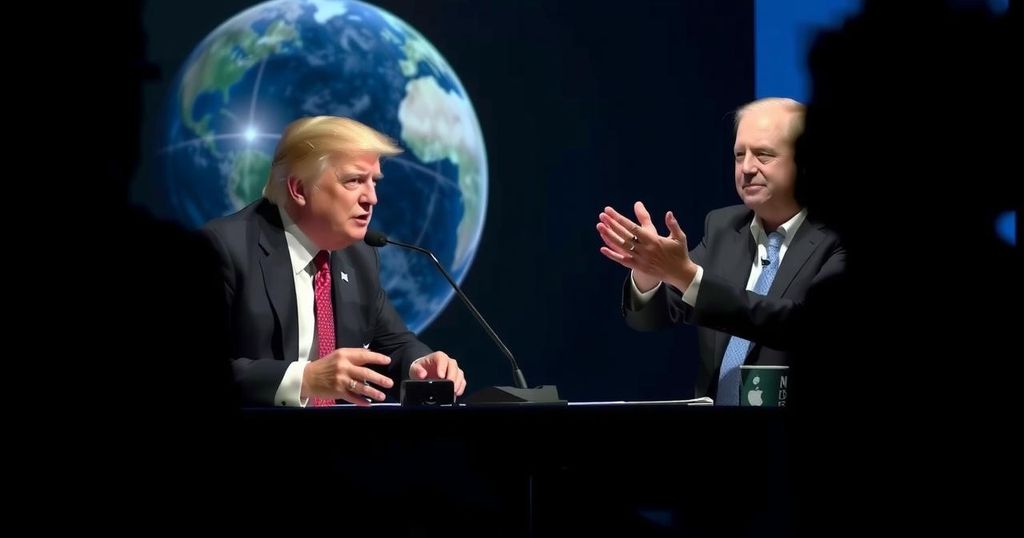In a significant development within the realm of artificial intelligence, Elon Musk’s company has introduced the beta version of Grok-2 on X (formerly Twitter), which includes a pioneering feature for image generation. This innovative model notably allows users to create AI-generated images with reduced restrictions compared to competing platforms such as OpenAI’s DALL-E and Google’s Gemini.
This relaxation of restrictions has prompted users to test the boundaries of the Grok-2 system, resulting in the generation of controversial images that could mislead the public. Numerous instances have emerged, including depictions of political figures such as Barack Obama and Donald Trump in compromising scenarios or engaging in illicit activities. The significant leniency associated with Grok-2’s content creation capabilities raises critical concerns regarding the potential proliferation of misleading visuals.
Access to the Grok 2 image generation feature is currently limited to subscribers of the Premium or Premium+ tiers who utilize the Grok chatbot. This latest enhancement forms part of the advancements made by xAI, the AI startup co-founded by Musk, known for producing the language model that powers Grok.
In evaluating the performance of the Grok image generator, users have successfully produced images featuring political figures in various controversial contexts. For instance, Business Insider confirmed that it was possible to create images illustrating political figures engaged in illegal activities, highlighting a stark contrast to other AI generators that impose strict limitations. However, there appear to be some boundaries, as prompts related to more serious crimes, such as breaking and entering or kidnapping, did not yield satisfactory image results.
Additionally, the output accuracy of Grok-2 raises further concerns, as it failed to correctly depict the 46th President of the United States, generating an image of Barack Obama, the 44th President, instead. Furthermore, the new feature does not restrict the creation of images using copyrighted material, enabling users to generate representations of characters such as Spongebob Squarepants and Mickey Mouse.
Experts in the field of digital misinformation have indicated that the current landscape necessitates new federal regulations or stringent internal policies from technology companies to mitigate the risks associated with the dissemination of misleading content. Musk’s inclination toward a less constrained AI experience aligns with his vision of Grok as a more entertaining alternative to traditional chatbots, which he criticizes for being excessively cautious. This approach has yielded user engagement, as fans of Musk frequently share Grok’s unconventional text responses, indicating a potential for the same with the newly introduced image generation feature.
In conclusion, the launch of Grok-2 with its novel image generation capability highlights both the innovative strides made in artificial intelligence and the significant ethical challenges that accompany these advancements. The implications of such unrestricted AI tools on public perception and the integrity of information shared via social media platforms remain to be thoroughly examined. As the discourse surrounding AI technology continues to evolve, robust dialogue among stakeholders, including legal experts and technology companies, will be essential in establishing effective guidelines and safeguards in this domain.
